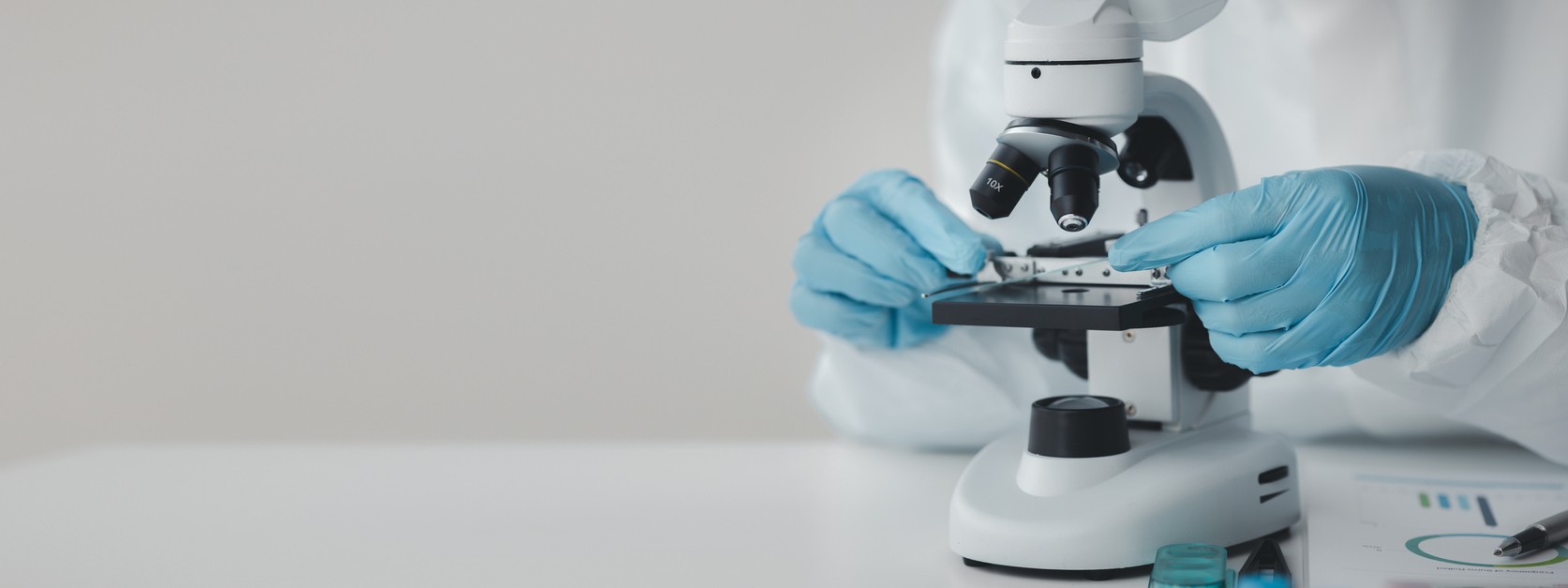GHRP-2 (Pralmorelin) Research
Muscle Structure: According to a study in Yaks, GHRP-2 was suggested to increase muscle growth in two ways: through possible increased protein deposition and reduced protein degradation. Pralmorelin (GHRP-2) may potentially aid in the mitigation of natural growth plateaus caused by disease, poor environmental conditions, or food shortages.[1] According to preliminary studies, Pralmorelin (GHRP-2) may potentially reduce muscle atrophy by inactivating atrogin-1 and MurRF1, two proteins involved in the muscle breakdown process.[2] The researchers suggested that “GHRP-2 attenuated dexamethasone-induced expression of them dose-dependently and decreased the basal level of MuRF1 mRNA.” Pralmorelin may possibly increase muscle protein deposition by activating growth hormone and insulin-like growth factor-1. Even in critical situations, the combined impact of lowering disintegration and increasing deposition may possibly allow for the formation of lean body mass.
Immune System: According to studies, Pralmorelin may possibly stimulate the Thymus—an organ in the immune system that is considered to defend certain cells. The thymus may aid the development of T lymphocytes. T cells are adaptive immune cells that help to fight off complex infections. Thymic function may potentially diminish over time, inducing possible dysfunctions ranging from diminished immunity to inadequate tissue repair and the inability to fight infections, protect against cancer cell growth, and normal tissue function maintenance.[3] The peptide may potentially act to rejuvenate the thymus, improving the kind and quantity of T cells generated. This may in turn boost immunity.
Appetite: According to studies, Pralmorelin (GHRP-2) may potentially increase appetite and food consumption.[4] The researchers report that “GHRP-2, like ghrelin, may increase food intake, suggesting that GHRP-2 might be a valuable tool for investigating ghrelin action on food intake.”
Sleep Quality: Research studies suggest that Pralmorelin might extend the duration of stages 3 and 4 of the sleep cycle by roughly 50% and 20%, respectively, while decreasing the frequency of deviation from normal sleep by around one-third.[5]
Pain Perception: Previously, scientists supposed that Pralmorelin (GHRP-2) may potentially reduce pain in osteoarthritic animal models by increasing growth hormone levels and mending wounded tissues. Some researchers suggest that GHRP-2 has a direct effect on pain perception.[6] Four opioid receptors are currently known. Some of these receptors may mediate pain, while others may control breathing and wakefulness . GHRP-2 is an opioid receptor agonist that specifically binds to opioid receptors implicated in sedation, pain relief, and reward seeking behavior.
The Heart: Research investigations in damaged heart cell culture lines sugged that Pralmorelin (GHRP-2) might protect heart cells by lowering heart cell apoptosis after a heart attack.[7] GHRP-2 may potentially achieve this by decreasing blood circulation and, as a result, nutrition availability.
Studies on Hexarelin, a GHRP-2 analog, suggest that there may be specific peptides for these receptors.[8]
Disclaimer: The products mentioned are not intended for human or animal consumption. Research chemicals are intended solely for laboratory experimentation and/or in-vitro testing. Bodily introduction of any sort is strictly prohibited by law. All purchases are limited to licensed researchers and/or qualified professionals. All information shared in this article is for educational purposes only.
References
- Hu, R., Wang, Z., Peng, Q., Zou, H., Wang, H., Yu, X., Jing, X., Wang, Y., Cao, B., Bao, S., Zhang, W., Zhao, S., Ji, H., Kong, X., & Niu, Q. (2016). Effects of GHRP-2 and Cysteamine Administration on Growth Performance, Somatotropic Axis Hormone and Muscle Protein Deposition in Yaks (Bos grunniens) with Growth Retardation. PloS one, 11(2), e0149461. doi:10.1371/journal.pone.0149461.
- Yamamoto, D., Ikeshita, N., Matsubara, T., Tasaki, H., Herningtyas, E. H., Toda, K., Iida, K., Takahashi, Y., Kaji, H., Chihara, K., & Okimura, Y. (2008). GHRP-2, a GHS-R agonist, directly acts on myocytes to attenuate the dexamethasone-induced expressions of muscle-specific ubiquitin ligases, Atrogin-1 and MuRF1. Life sciences, 82(9-10), 460–466. doi:10.1016/j.lfs.2007.11.019.
- Taub, D. D., Murphy, W. J., & Longo, D. L. (2010). Rejuvenation of the aging thymus: growth hormone-mediated and ghrelin-mediated signaling pathways. Current opinion in pharmacology, 10(4), 408–424. doi:10.1016/j.coph.2010.04.015.
- Laferrère, B., Abraham, C., Russell, C. D., & Bowers, C. Y. (2005). Growth hormone releasing peptide-2 (GHRP-2), like ghrelin, increases food intake in healthy men. The Journal of clinical endocrinology and metabolism, 90(2), 611–614. doi:10.1210/jc.2004-1719.
- Copinschi, G., Leproult, R., Van Onderbergen, A., Caufriez, A., Cole, K. Y., Schilling, L. M., Mendel, C. M., De Lepeleire, I., Bolognese, J. A., & Van Cauter, E. (1997). Prolonged oral treatment with MK-677, a novel growth hormone secretagogue, improves sleep quality in man. Neuroendocrinology, 66(4), 278–286. doi:10.1159/000127249.
- Zeng, P., Li, S., Zheng, Y. H., Liu, F. Y., Wang, J. L., Zhang, D. L., & Wei, J. (2014). Ghrelin receptor agonist, GHRP-2, produces antinociceptive effects at the supraspinal level via the opioid receptor in mice. Peptides, 55, 103–109. doi:10.1016/j.peptides.2014.02.013.
- Muccioli, G., Broglio, F., Valetto, M. R., Ghè, C., Catapano, F., Graziani, A., Papotti, M., Bisi, G., Deghenghi, R., & Ghigo, E. (2000). Growth hormone-releasing peptides and the cardiovascular system. Annales d’endocrinologie, 61(1), 27–31.
- Bodart, V., Bouchard, J. F., McNicoll, N., Escher, E., Carrière, P., Ghigo, E., Sejlitz, T., Sirois, M. G., Lamontagne, D., & Ong, H. (1999). Identification and characterization of a new growth hormone-releasing peptide receptor in the heart. Circulation research, 85(9), 796–802. doi:10.1161/01.res.85.9.796.






